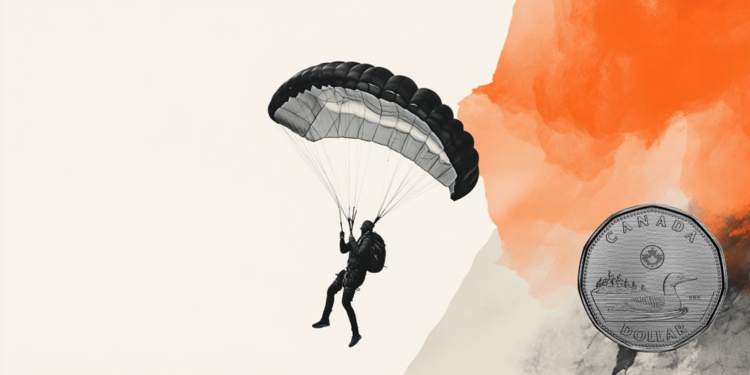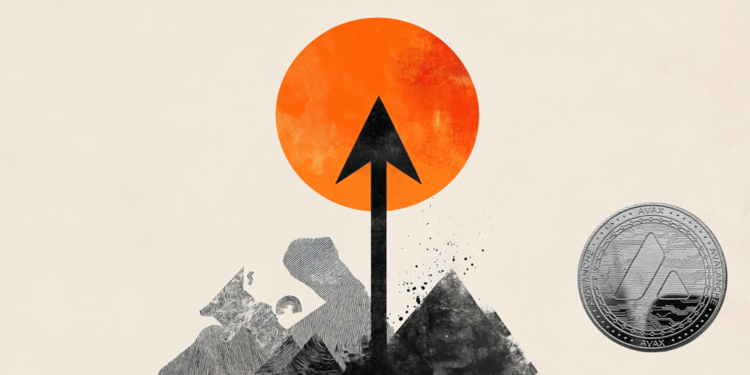A constellation of islands, islets and rocks located not far from the coast: it is theTuscan archipelago, a corner of the Mediterranean with a priceless charm where history and nature blend perfectly, creating unique scenarios. Established in 1996, the Archipelago National Park with its 16,856.00 hectares of land and 56,766.00 hectares of sea it is the largest marine park in Europe: the 7 main islands are a treasure chest of architectural and naturalistic treasures where mountain scenarios alternate with perfect beaches, picturesque villages, wild cliffs and mines.
In the gallery above all the things to do, island by island
ELBA: THE QUEEN OF THE TUSCAN ARCHIPELAGO
It is the largest in the Archipelago and the one with the greatest number of activities to offer its visitors: theElba, in whose territory secret coves and wild beaches alternate with pastel-colored villages and ancient mines that in the past made the fortune of the island, it is a microcosm in the heart of the Mediterranean. The landing point is Portoferraio, a gem of a city with residences from the Napoleonic era, fortresses, museums, boutiques, theaters and, in the immediate surroundings, some of the most beautiful beaches of the Tuscan archipelago, Le Ghiaie, Capo Bianco and the beach of Sansone. , considered by many to be among the best on the island and usually not very popular even in the height of summer. Also not to be missed Capoliveri, a jewel village of the Etruscan era, a labyrinth of alleys and arches, with the Stella Gulf and the granite mass of Monte Capanne, the highest point on the island, Rio nell’Elba and Rio Marina, important testimonies of the mining history of the island, where you can visit the Mining Park. A journey through the Mediterranean scrub, perfumes, minerals, ancient residences and fortresses overlooking the coast. A beach holiday on beaches finally free from crowds, to discover the most beautiful villages and the history of these islands, perhaps to be discovered with trekking on foot or along the paths for bicycles. The island, in fact, offers 400 kilometers of outdoor trails and for the 200th anniversary of Napoleon’s death it has traced a series of walking and biking itineraries linked to the life of the emperor on Elba.
GIGLIO ISLAND AND CAPRAIA ISLAND
Located in front of Monte Argentario, the island of Giglio has transparent waters, wild beaches and an unspoiled hinterland -and beautiful- covered with holm oaks, strawberry trees, heather and myrtle that offers numerous itineraries to be covered on foot along which you can admire enchanting views of the waters that surround it. Giglio Porto is the landing point on the island, a medieval village with the beautiful Torre del Saraceno, commissioned by the Grand Duke of Tuscany Ferdinando I de ‘Medici, while Giglio Castello, built by the Pisans in the 12th century in the heart of the island, offers splendid views of the sea. From Rocca Aldobrandesca, on the other hand, you can enjoy a unique view of the archipelago, the Maremma coast and even Corsica. Capraia, on the other hand, is the third largest island in the Tuscan Archipelago. Of volcanic origin, it is characterized by high and rocky coasts, many inaccessible due to the absence of viable roads and paths, caves, reliefs, like the 447 meters high Monte Castello. The interior, wild and uncontaminated, can be explored by following the indicated itineraries suitable for those with well-trained legs. In the heart of the island, lo Stagmone della Capraia it is a lake of alluvial origin that varies in size with the changing of the seasons and is surrounded by marshy vegetation.
MONTECRISTO AND PIANOSA: WILD NATURE AND LOTS OF HISTORY
And a Montecristo, in the heart of the Archipelago, which is the setting of a part of the famous novel by the French writer Alexandre Dumas, “The Count of Monte Cristo” -the protagonist finds here the legendary treasure of the Spada family with which he realizes his revenge. The island, a former penal colony, is one of the most fascinating destinations in the Mediterranean, characterized by unique flora and fauna. The geological and geographical conditions prevented it from becoming populated, thus making it home to numerous animal species including southern vipers, Sardinian discoglosses, shearwaters and wild goats (here is the only Italian colony of this species). As for flora, Montecristo is no exception: among gorgonians, sea anemones, posidonia, corals, where the sunfish, heather, holm oaks and ferns live, it is a real naturalistic paradise. Although it is one of the most unknown islands of the Archipelago, Pianosa instead it is rich in history. Agrippa Postumus was exiled here in the year 6 AD and even Napoleon arrived there in 1814. Despite its geological conformation, low and flat so as to be almost invisible to the naked eye from afar, it was disputed for centuries by Pisa and Genoa before passing to the lords of Piombino and be the object of the Barbarossa raids. In 1553 it was destroyed by ships sent by the Ottoman commander Dragut before being once again occasionally inhabited by seasonal farmers and fishermen until French rule and the subsequent passage to the kingdom of Italy.
THE MINOR ISLANDS: GIANNUTRI AND GORGONA
Giannutri, inhabited since prehistoric times as evidenced by the wrecks of merchant ships that lie in its depths as evidence of the strategic role of the island, which has always been affected by maritime traffic, is the southernmost of the archipelago. 3 km long and just over 500 meters wide, it is characterized by Lovely bays, promontories and beautiful coves, such as that of Schiavo, Spamatoio, Ischiarola, Dei Piemontesi and Punta Pennello, among others. Gorgonafinally, it is the smallest and northernmost of the islands of the Archipelago, located about 37 km from the Tuscan coast, it is a still largely unexplored jewel in whose small mountainous territory – the size of the island is 2 sq km – there are four hundred floristic species , including holm oaks, Aleppo pines, chestnuts and alders, an indigenous variety of olive trees. Torre Vecchia, built during the domination of the Pisans with a sighting and defense function, and Torre Nuova, are the two fortifications on the island. The undisputed queen of Gorgona, however, is nature. Monk seals once took refuge in the inlets along its pristine coast, including Cala Scirocco with the Grotta del Bove marino.
Here is a journey through these seven islands, in the gallery above
Donald-43Westbrook, a distinguished contributor at worldstockmarket, is celebrated for his exceptional prowess in article writing. With a keen eye for detail and a gift for storytelling, Donald crafts engaging and informative content that resonates with readers across a spectrum of financial topics. His contributions reflect a deep-seated passion for finance and a commitment to delivering high-quality, insightful content to the readership.







